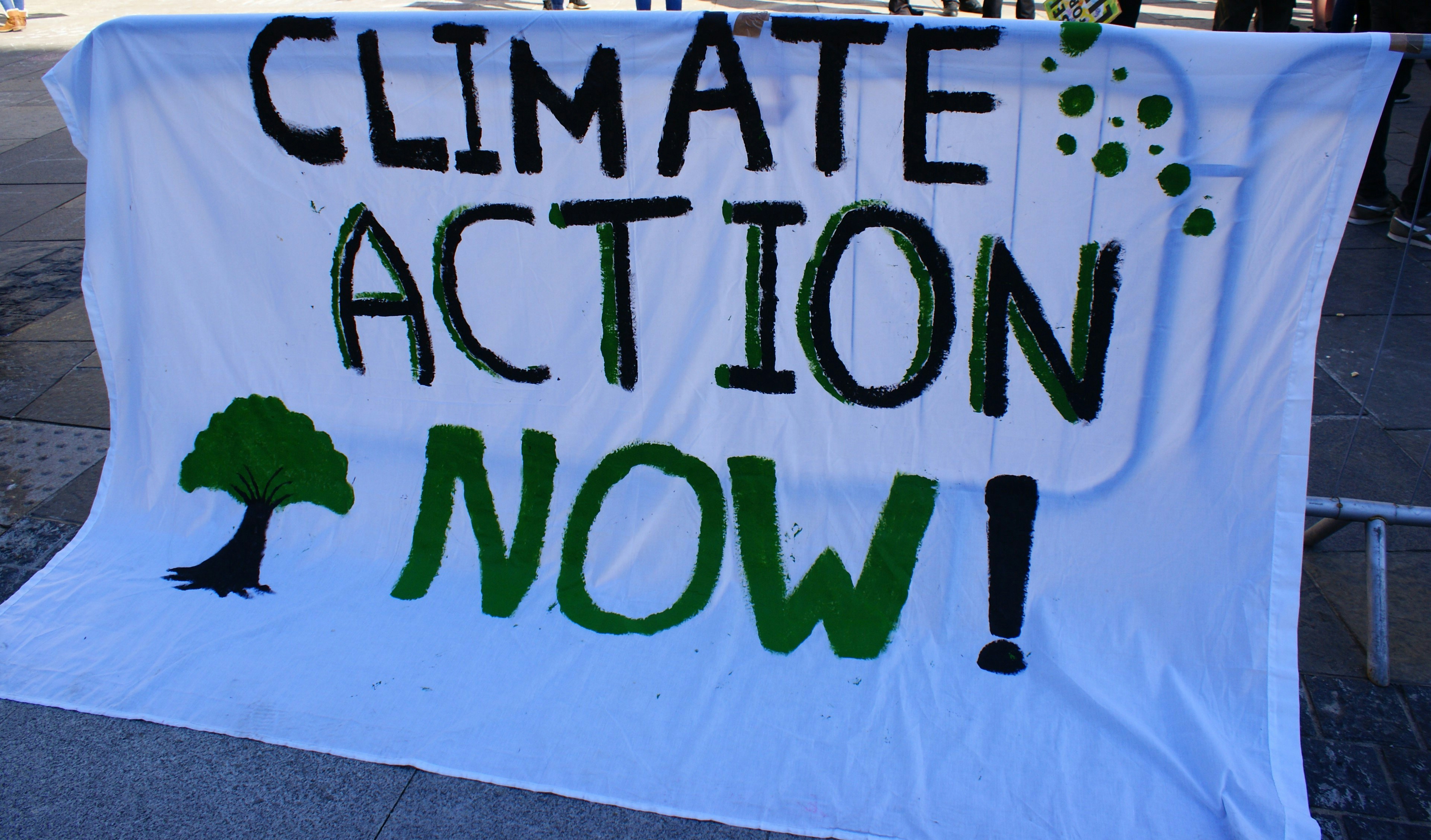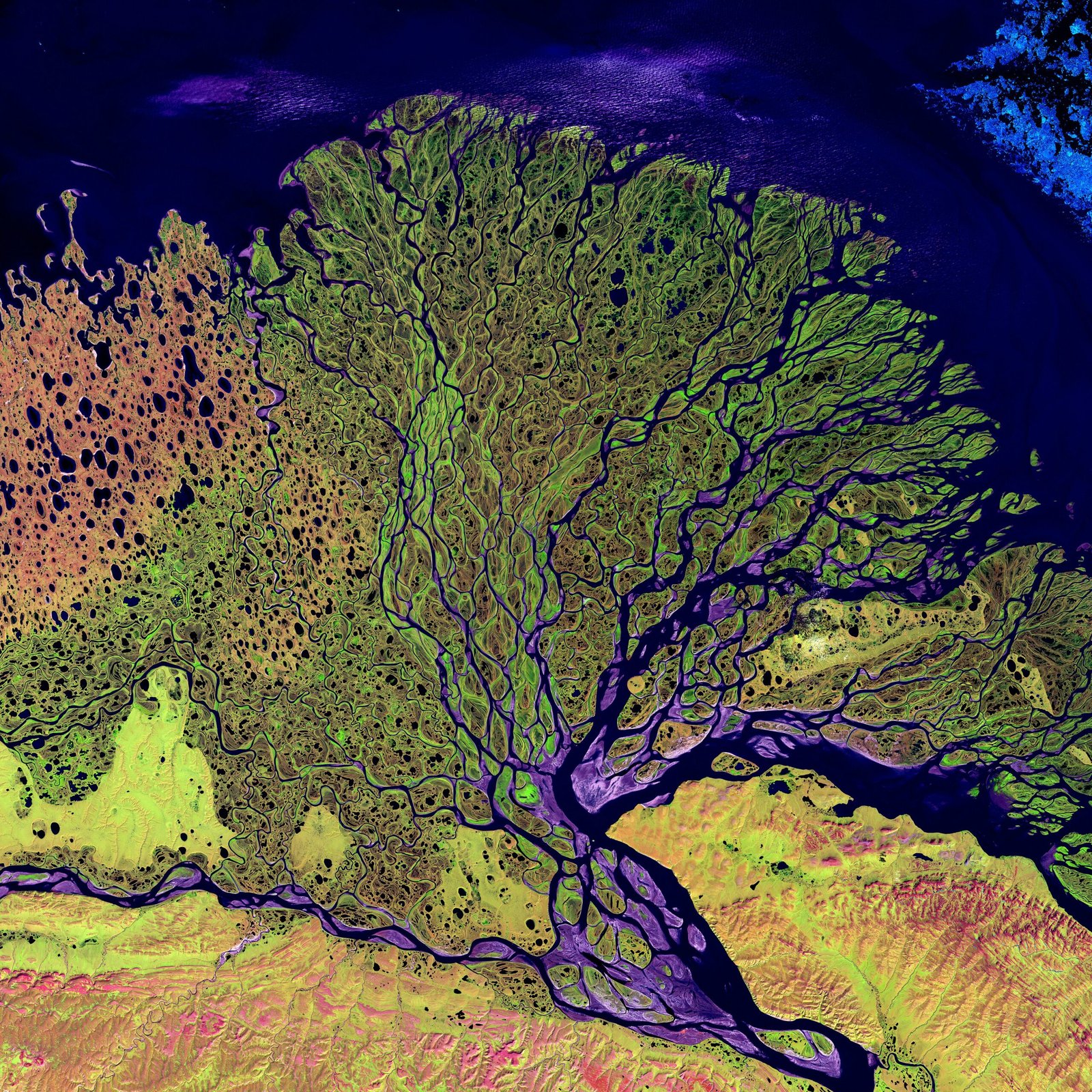What is Climate Change?
Climate change refers to significant shifts in weather patterns and global temperatures over an extended period. While natural events can cause climate variations, recent changes result mainly from human activities, particularly fossil fuel combustion, deforestation, and industrial processes. These actions release greenhouse gases, leading to the warming of our planet.
The Effects of Climate Change
Climate change manifests in various ways, including rising sea levels, extreme weather events, and shifting ecosystems. Wildlife is particularly affected as habitats alter, forcing species to adapt or migrate. Human health can also be impacted, with increased occurrences of heat-related illnesses and the spread of infectious diseases.

Mitigating Climate Change
Addressing climate change requires the collective efforts of individuals, governments, and organizations. Actionable steps include reducing our carbon footprint, investing in renewable energy, and supporting policies that promote sustainability. Education and awareness play crucial roles in fostering a culture of environmental responsibility. By understanding climate change, we empower ourselves to make informed decisions for a sustainable future.
Understanding Climate and Climate Change: Implications for Sustainable Development
Understanding Climate Change in Pakistan:
| Aspect | Details (Pakistan-specific) |
|---|---|
| Definition | Long-term changes in weather patterns in Pakistan, strongly influenced by global warming and local environmental issues. |
| Main Causes in Pakistan | – High dependence on fossil fuels – Rapid urbanization and deforestation – Industrial and vehicle emissions – Unsustainable farming practices – Poor waste management |
| Key Greenhouse Gases | – Carbon dioxide (CO₂) from energy sector – Methane (CH₄) from livestock and rice paddies – Nitrous oxide (N₂O) from fertilizers |
| Major Effects in Pakistan | – Rising temperatures (especially in southern Punjab, Sindh, Balochistan) – Floods (e.g., 2010 and 2022 massive floods) – Glacial melting in Gilgit-Baltistan – Droughts in Tharparkar and Balochistan – Sea intrusion in coastal Sindh |
| Impacts on People | – Agriculture damage (wheat, rice, cotton affected) – Food and water insecurity – Increase in vector-borne diseases (dengue, malaria) – Climate-induced migration (flood refugees) – Economic losses in billions |
| Government & Global Response | – National Climate Change Policy 2021 – Billion Tree Tsunami project – Paris Agreement commitments – International aid after floods (2022) |
| Adaptation & Mitigation | – Expanding renewable energy (solar, hydro, wind) – Afforestation and reforestation – Water management projects (dams, canals) – Climate-smart agriculture – Disaster preparedness systems |

| Aspect | Details |
|---|---|
| Definition | Long-term shifts in global or regional climate patterns, mainly due to human activities such as burning fossil fuels and deforestation. |
| Main Causes | – Greenhouse gas emissions (CO₂, CH₄, N₂O) – Deforestation – Industrialization – Agriculture (livestock, fertilizers) – Urbanization |
| Key Greenhouse Gases | – Carbon dioxide (CO₂) – Methane (CH₄) – Nitrous oxide (N₂O) – Fluorinated gases |
| Major Effects | – Rising global temperatures – Melting glaciers and polar ice – Sea level rise – Extreme weather events (floods, droughts, heatwaves, hurricanes) – Loss of biodiversity – Ocean acidification |
| Impacts on Humans | – Food insecurity – Water scarcity – Health risks (heat stress, vector-borne diseases) – Economic losses – Climate refugees |
| Global Responses | – Paris Agreement (2015) – UN Climate Summits (COP) – National climate action plans |
| Mitigation Strategies | – Renewable energy (solar, wind, hydro) – Energy efficiency – Reforestation & afforestation – Sustainable agriculture – Reducing waste & plastic – Carbon capture technologies |
| Adaptation Strategies | – Climate-resilient crops – Flood defenses – Sustainable water management – Green urban planning – Disaster preparedness |



